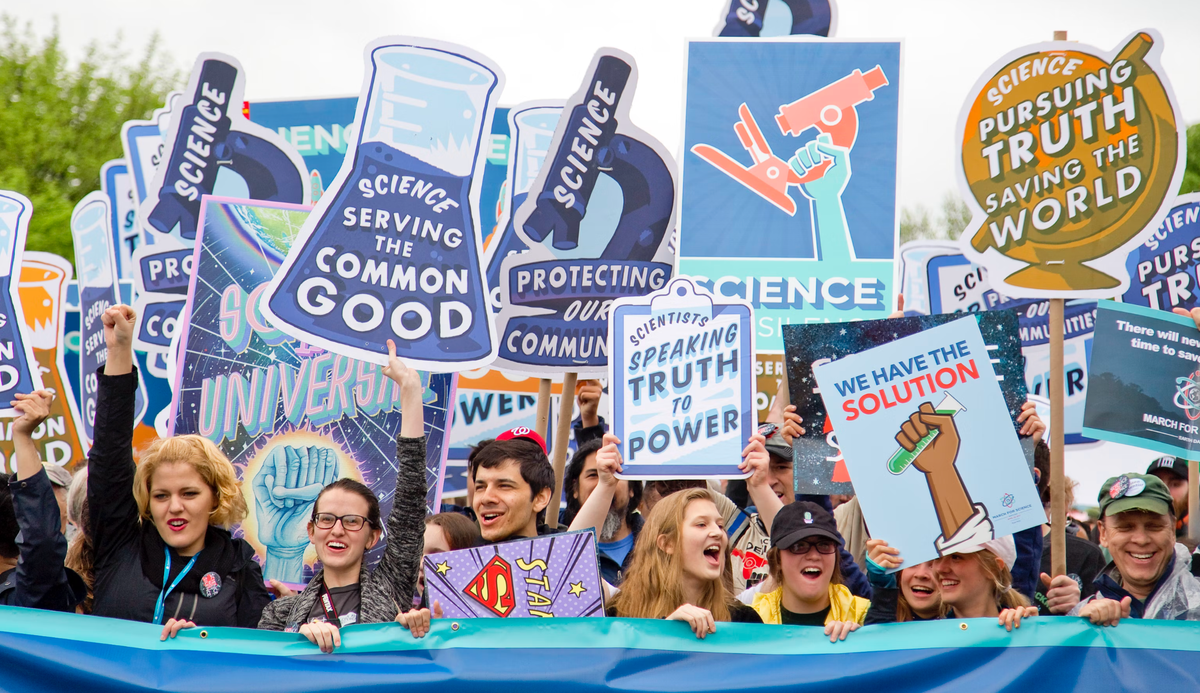Ordinary People, Extraordinary Impact 🌍
In the end, science isn’t merely the domain of experts—it’s everyone’s game.

Why Citizen Science is the Secret Weapon to Save Nature 🌱
Biodiversity—basically, all the wild and wonderful life on Earth—is in a tailspin, and global leaders are scrambling to reverse course. Enter the Kunming–Montreal Global Biodiversity Framework (GBF), an ambitious pact involving 195 countries, each committing to stop biodiversity loss. Sounds heroic, right? But here’s the kicker: tracking biodiversity on a global scale requires massive amounts of data, and traditional scientific methods just can’t keep up according to Danielsen et.al. (2024). This is where citizen science comes in, giving ordinary people a chance to make a measurable impact on the planet—right from their own backyards. 🌿
Getting citizens involved isn’t just about data; it’s about giving people a say in conservation and making them part of the solution. And here’s where it really shines: by tapping into local expertise—from backyard birdwatchers to Indigenous communities who have been stewards of the land for generations—citizen science fills critical data gaps that conventional science can’t.
What’s Happening: How Regular People + Scientists = Big Wins for Nature 🤝
The study explored the role of citizen science in tracking GBF goals, and the findings are pretty exciting:
- 30% of GBF indicators can be directly monitored by citizen-led projects.
- 51% could get a major boost from citizen help with data collection.
- Sure, some areas need expert oversight, but citizens could absolutely carry a big chunk of the load here.
From logging bird sightings 🐦 in apps to mapping local plants, citizen scientists worldwide are already collecting biodiversity data that matters. Imagine the power of this network if even more people joined in: we’d have a global army of biodiversity detectives, sharing crucial insights that could steer real policy change.
How to Supercharge Citizen Science for Conservation 🚀
Here’s the plan for taking citizen science from good to unstoppable:
- Train and Support Citizen Scientists 🏫: Give people resources, workshops, and guides so they know how to collect solid data. Confidence + tools = better data for everyone.
- Use Digital Tools to Streamline Collection 📲: Apps like eBird make it easy for anyone to log a sighting, building massive, open databases for scientists and policymakers.
- Build Local-Scientist Partnerships 🧑🔬👩🌾: When scientists team up with locals, they get more accurate data and build trust with communities who are on the frontlines. Win-win!
- Offer Recognition and Incentives 🏆: A little acknowledgment goes a long way. Local governments or nonprofits could fund these efforts, give awards, or even offer simple public shout-outs.
The Open Data Advantage: A Roadmap for Citizen Impact 📊
The open data shown in the study—from the Kunming–Montreal GBF—is essentially a guide on where citizen science can make the biggest difference:
- Clear Roles for Citizens: With 365 indicators, the framework highlights exactly where citizen involvement can fill data gaps and where technical expertise is needed, allowing us to see where we’ll get the most bang for our buck.
- Sorting Complexity: Some indicators need specialized skills, while others are perfect for community-driven tracking. This clarity enables citizens, scientists, and policymakers to focus on the areas with the most impact. Accessible environmental data analysis tools make it easier to transform the data collected by citizens into meaningful insights that help meet biodiversity targets.
- Ensuring Accountability: Having structured, transparent indicators also supports better project verification—making sure that biodiversity and restoration efforts, such as reforestation and habitat protection, are effectively tracked and progressing as planned. By verifying projects in this way, both citizen scientists and policymakers can stay informed on what’s working and what needs improvement, helping ensure that resources are directed where they’ll have the most positive impact.
In the end, science isn’t merely the domain of experts—it’s everyone’s game. When ordinary people contribute real, measurable data, they’re not just spectators; they’re crucial players in the effort to understand and protect our world.
This collective effort closes the gap between what we think we know and what’s actually happening in the ecosystems around us. Citizen science empowers communities to become stewards of their environments, and it gives scientists a massive boost in gathering data they’d never be able to cover on their own. Together, we’re not just hoping for progress in the fight to save nature—we’re actually measuring it, one bird sighting and plant log at a time. 🌎
Study Cited 📚
Danielsen, F., Ali, N., Andrianandrasana, H.T. et al. Involving citizens in monitoring the Kunming–Montreal Global Biodiversity Framework. Nat Sustain (2024). Retrieved from Nature Sustainability.




